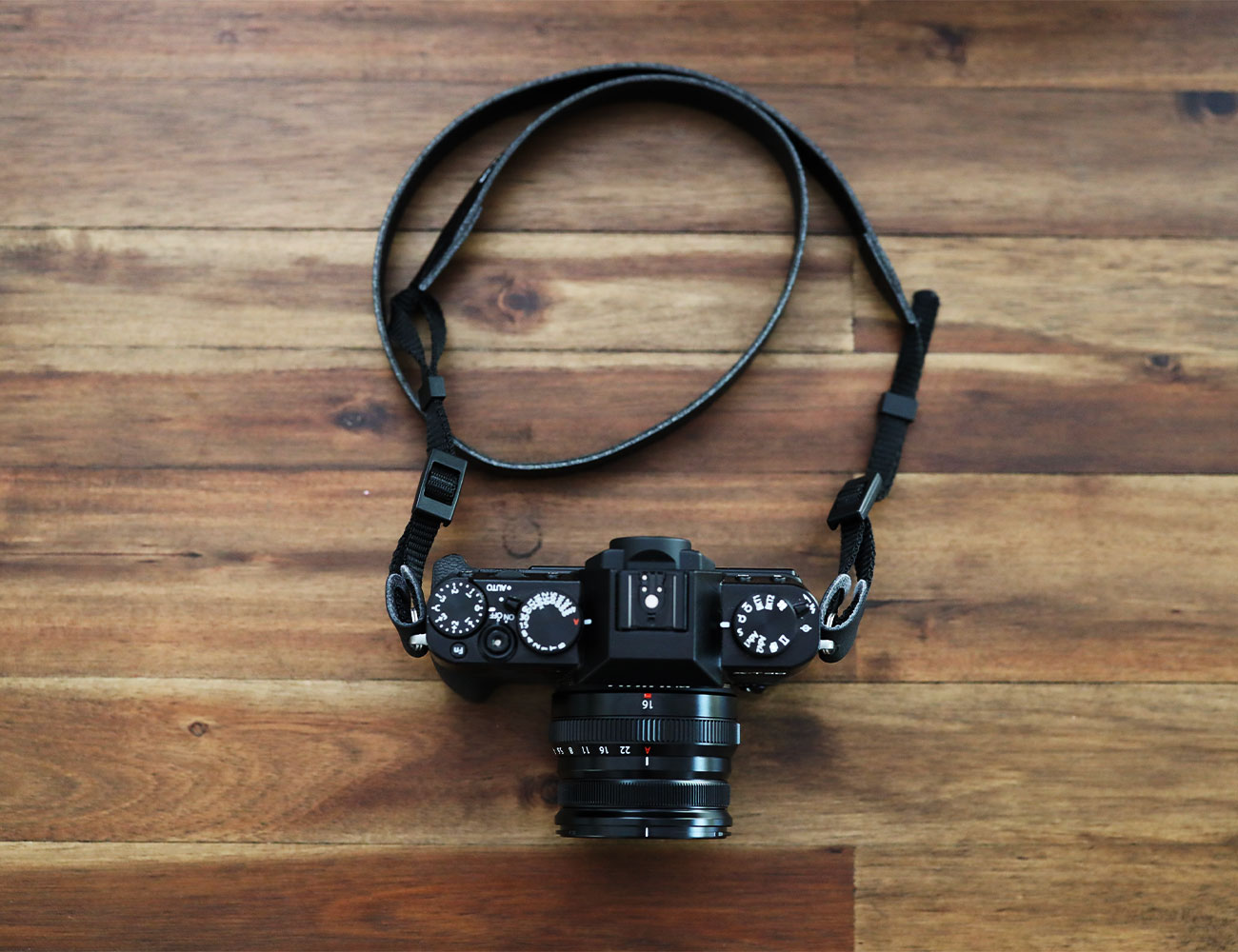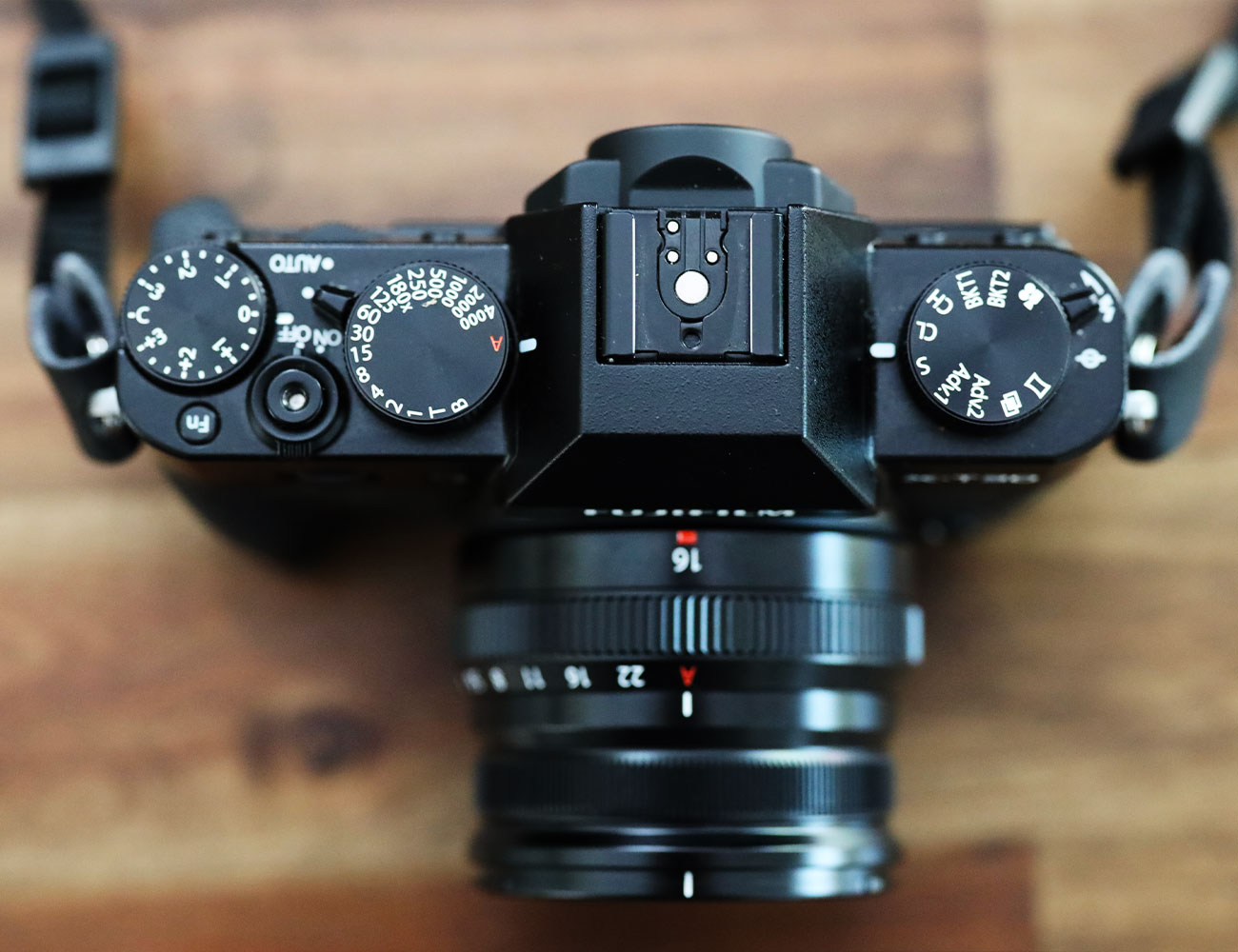James Bond preferred a smaller gun — a superior compact tool that didn’t throw off the proportions of a slim suit and a vintage Rolex. And the Fujifilm X-T30 ($899+) is the mirrorless interchangeable-lens camera equivalent of 007’s Walther PPK. When equipped with a small prime lens, it’s light in the hand or on a neck strap, and stealthy on the street. As a travel camera, it packs the power of a DSLR into a nearly pocket-sized package, and it won’t invite theft the way some bigger cameras might. But it’s more than just a great compact camera; like Bond’s iconic companion, the X-T30 has the presence of a timeless classic.
The Fujifilm X-T30 is available now in silver or black, and in “charcoal silver” as of late June 2019.
|
The Good: To say the third time’s the charm would be a disservice to the much-loved X-T20 ($599+), but this third iteration seems to have found a sweet spot blend of the rich colors of a Fuji sensor with auto-focus prowess good enough to compete with Sony’s APS-C offerings. Fujifilm has a uniquely devoted following — a bit like the Volvo or Subaru of the camera world — and nothing justifies that devotion as clearly as the company’s continual willingness to put their top-of-the-line engines into their entry models. It is a winning strategy: the X-T20’s sub-$1000 price tag gives it a broad audience, and it’s almost guaranteed to outsell its big brother, the X-T3 ($1,499), as the previous model outsold the X-T2.
Fujifilm calls the X-T30 the “Little Giant,” and it inherits most of the best bits from its $500-more-expensive older sibling – crucially, the same processor and 26.1-megapixel sensor. It lacks features like the X-T3’s weather sealing, dedicated ISO dial, dual memory card slots, and 4k video at 60 frames-per-second. But what the X-T30 has that the X-T3 does not, is a pop-up flash, a full-auto mode that’s useful when shooting video or when passing the camera off to a less camera-savvy compadre; and not to mention, an incredibly compact body. It shoots 4k video at 30fps, it has a fast and accurate face- and eye-tracking autofocus system for stills and video, and 10-film-simulation modes that mimic Fuji film stock of the past — from the vivid colors of Velvia to the stark monochromatic power of black and white Acros. And you can apply any of these simulations to RAW images.

The X-T30’s manual dials for exposure compensation and shutter speed — especially when paired with a lens that has a manual aperture ring — make shooting manual fairly practical in the real world. And the customizable dials and buttons allow you to make the camera your own––set the front dial for ISO, set a back button to activate the “sports finder” mode that gives you a frame within a frame so you can capture a moving subject at just the right moment, or set the function button to send your photos automatically to your smartphone with a single push. Hold any button down and it will bring up a list of functions that the button can control. And for further depth of control, customize your own swipe commands for the tilting touchscreen LCD. A gearhead could get lost in these menus for hours, but because they are so intuitive, getting lost is only by choice.
Who’s It For: It’s for professionals on family vacation who don’t want to lug around their heavy gear and don’t intend to print their photos on billboards.
It’s also for casual shooters who want to gradually get more into manual control. The analog dials make it easy to move back and forth between manual, semi-manual, and auto. You can be contemplating the bokeh behind a rosebud one minute, and then capture your running child with snappy face-detection autofocus in the next. And you don’t have to be a raw snob with the X-T30––pick a film simulation mode that fits your chosen look, and the JPEGS that come out of the camera don’t need much in the way of editing, if any.
If you are a traveler who wants a light kit, but you also want a camera that looks so good it doubles as a fashion accessory, then the X-T30 gives you that at a fraction of the cost of a Leica.

Watch Out For: There are a few quirks here, but none of them are deal-breakers. Because of the small size, mounting it on a tripod covers up the battery compartment; the headphone jack is not the standard 3.5mm, so you’ll need an adapter; you can see the LCD with polarized sunglasses if it’s horizontal, but turn it vertically and it appears black; the screen flips up and down, but does not flip around for any selfie viewing. Compared to full-frame sensors in low light, the X-T30’s crop sensor––or any crop sensor for that matter––can’t hold a candle to full-frame. But for casual video and shooting stills in the vast majority of lighting scenarios, the X-T30 is as much camera you will likely ever need.
Alternatives: Outside of similar Fujifilm models, like the X100F and X-E3, the most parallel alternative to the X-T30 is Sony’s A6400 and A6500. If you want a vlogging selfie LCD, then get a Sony A6400. Although, the face tracking is so good on the Fuji that you can trust it to keep you in focus even if you can’t see yourself while shooting. If you want in-body stabilization, then you can get it in the A6500. But Fujifilm has a broader range of native APS-C lenses than Sony, and Sony’s lenses tend to be bulkier than their Fuji counterparts, so any size advantage gained in the compact body is offset.

Verdict: If you want an all-around camera for travel, photojournalism, family photos and social media, there’s no better marriage of form, function, and value on the market currently than the X-T30. Yes, Sony’s counterparts still have the edge in auto-focus speed and tracking accuracy, but Fuji’s advantage in color tones, lens options, and design seal the deal for me. In the three weeks that I have had the review loaner, I have sold my beloved DSLR and prized glass, and ordered an X-T30 and three lenses. I was tired of having a big, powerful, heavy camera sitting on my desk. I wanted one camera that bridged the gap between an all-in-one compact and a DSLR; something that can hang on my neck with a featherweight prime for a day in Paris, or that I could beef up with a hand grip and a zoom lens for a press trip. Time will tell if I’ve found my answer.
What Others Are Saying:
• “This is my favorite Fujifilm interchangeable-lens camera because it’s small, light, inexpensive and has very high performance along with a built-in flash lacking in the bigger, heavier and more expensive X-T3.” – Ken Rockwell, KenRockwell.com
• “The X-T30 has a couple of handling quirks that are practically inevitable in a camera this small, and it has no in-body stabilization, but these are the only faults we can find in a camera with superb external controls, a great 26.1-megapixel sensor, superb autofocus and powerful 4K video recording – and all for the price of regular mid-range camera.” – Rod Lawton, Digital Camera World
• “The X-T20 was a popular model for a reason, and it’s hard to see why the X-T30 shouldn’t be destined for the same kind of appreciation. Whether you’re an enthusiast looking for a backup body, or you’re taking your next steps from a more junior model, the X-T30 packs enough under its skin to please its target audience.” – Matt Golowczynski, TechRadar
|

